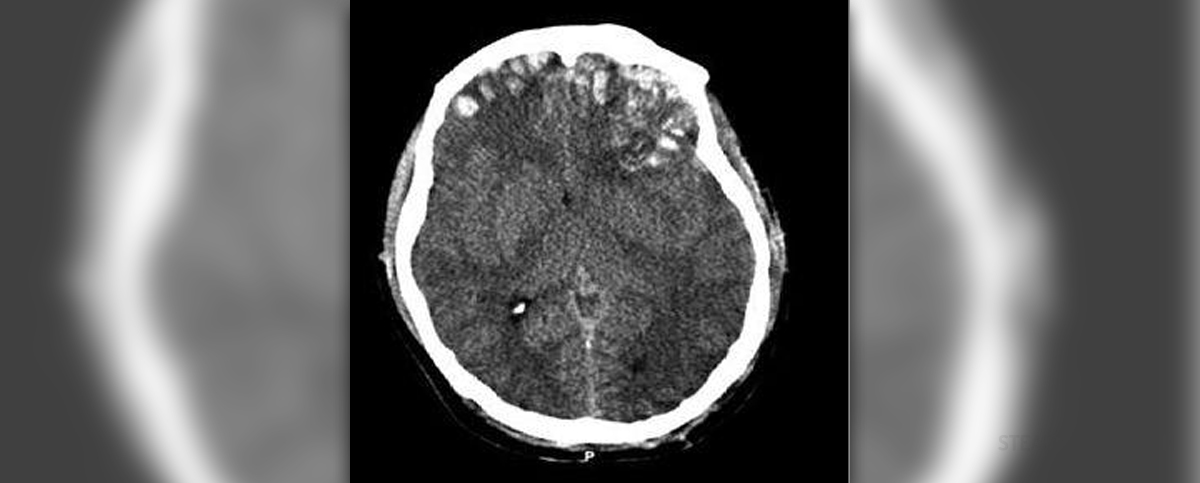
Dystonia is a complex movement disorder affecting people of different age. It leads to muscle contractions and involuntary spasms. In such individuals the neurological mechanism associated with muscle relaxation does not function adequately. Therefore, plenty of involuntary muscle contractions actually force the body to perform repetitive, twisting movements and put one's body is rather awkward postures.
More about Dystonia
Experts differentiate 13 forms of dystonia. Apart from being a condition per se, dystonia may be taken as a symptom which occurs in different neurological disorders.
Abnormal muscle contractions may affect a single body area or develop in a generalized form when multiple muscle groups are included in the process of involuntary muscle contractions and twisting.
The condition affect people of all ages and backgrounds and is almost equally distributed between men and women. Disability associated with dystonia vary from mild to severe. The cure for the condition does not exist. Fortunately, there are different treatment options to choose from. Additionally, scientists are engaged in research on new therapies that may one day efficiently bring the disorder under control.
Even though dystonia represents a chronic condition, it actually never affects one's cognition or intelligence and definitely does not shorten a person's life span.
Dystonia Brain Surgery
Surgery for dystonia is performed in order to decrease muscle spasms and increase mobility of the affected individuals. This treatment option may also alleviate pain and discomfort some patients have to deal with. Surgeons currently perform two types of surgeries for dystonia. The first one includes lesioning procedures and the second one is deep brain stimulation (DBS).
Lesioning procedures include selective destruction of specific parts of the brain, those blamed for abnormal muscle contractions. Deep brain stimulation, on the other hand, mimics the effects of lesioning, which is achieved with electrical pulses.
Both of the mentioned procedures are successful and associated with minor complications. So, the risk is worth trying. Some patients may need to continue using lower doses of drugs while others completely stop taking drugs.
As for lesioning procedures, these are basically performed on the globus pallidus and/or thalamus. Deep brain stimulation is performed on the globus pallidus and/or subthalamic nucleus. Only one or both sides of the brain (brain hemispheres) undergo surgical manipulation.
Surgery is commonly performed in people suffering from generalized dystonia, which is far more complex disorder comparing to focal dystonia. However, even patients with focal and segmental dystonia may be suitable candidates for the surgery, particularly if symptoms persist and interfere in every day activities or cannot be controlled with any available medication.



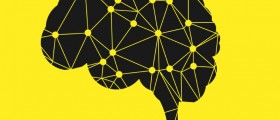


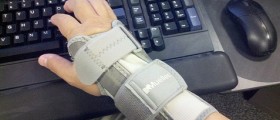
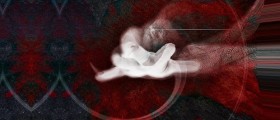
_f_280x120.jpg)
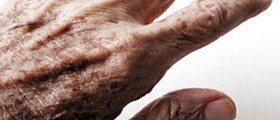


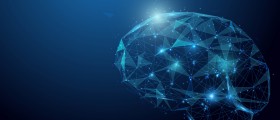


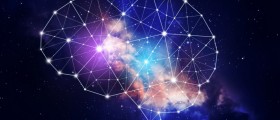

Your thoughts on this
Loading...